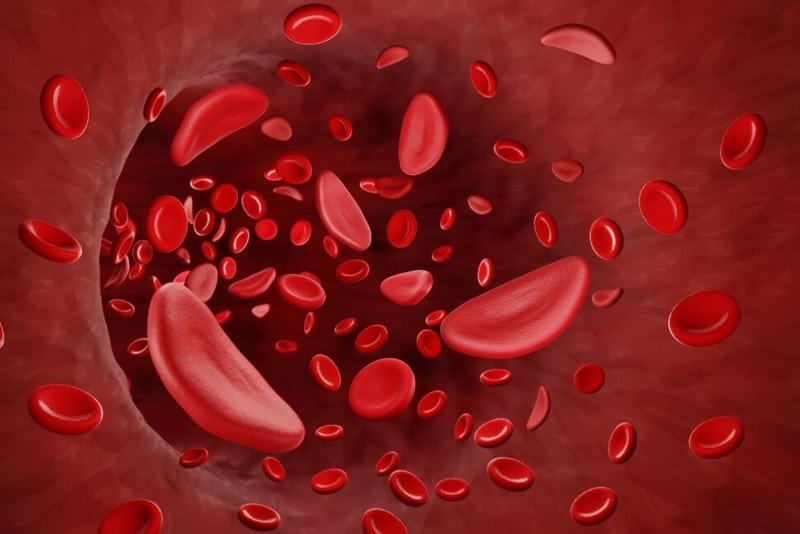Blood contains a yellowish pigment called bilirubin. It is produced when red blood cells are destroyed. Bilirubin travels through the liver, digestive tract, and gall bladder before being expelled from the body. Abnormally high bilirubin levels may be a symptom of various liver or bile duct conditions. In other instances, a faster rate of red blood cell breakdown might sometimes account for elevated bilirubin levels. High bilirubin conditions can affect both infants and adults. However, infants are more susceptible than adults due to the shorter lifespan of red blood spells.
Bilirubin testing is done to determine the levels of bilirubin in the body. The doctor will consider the symptoms and findings of additional tests to diagnose a patient. In most individuals, bilirubin concentrations are between 0.3 and 1.0 mg/dL, levels exceeding 1.2 mg/dL are considered high. Individuals with high bilirubin levels commonly experience abdominal pain or swelling, chills, fever, chest pain, weakness, lightheadedness, fatigue, nausea, vomiting, and unusually dark urine. It is important to quickly consult a physician when experiencing any of the mentioned symptoms, as causes of increased bilirubin levels attribute to certain underlying conditions.
Hemolytic Anemia

Hemolytic anemia is a condition in which red blood cells are destroyed more quickly than they can be produced. Hemolysis is the breakdown of red blood cells. Red blood cells transport oxygen throughout the body. Anemia is diagnosed when the number of red blood cells is lower than usual. With anemia, blood cannot provide sufficient oxygen to tissues and organs. Without adequate oxygen, the body cannot function properly. Haptoglobin, bilirubin, and liver function tests may be administered to detect hemolytic anemia,
The release of hemoglobin into circulation results from the breakdown of red blood cells. Haptoglobin is formed when the hemoglobin mixes with another chemical. Hemolytic anemia is indicated by a low haptoglobin concentration in the circulation. Hemoglobin is converted into a substance known as bilirubin throughout the breakdown process. Therefore, there is a possibility that hemolytic anemia is present when there is an elevated level of bilirubin in the circulation.
Unconjugated bilirubin is another test that evaluates the quantity of bilirubin not metabolized by the liver. A high amount of unconjugated bilirubin may indicate that many red blood cells are being damaged.










